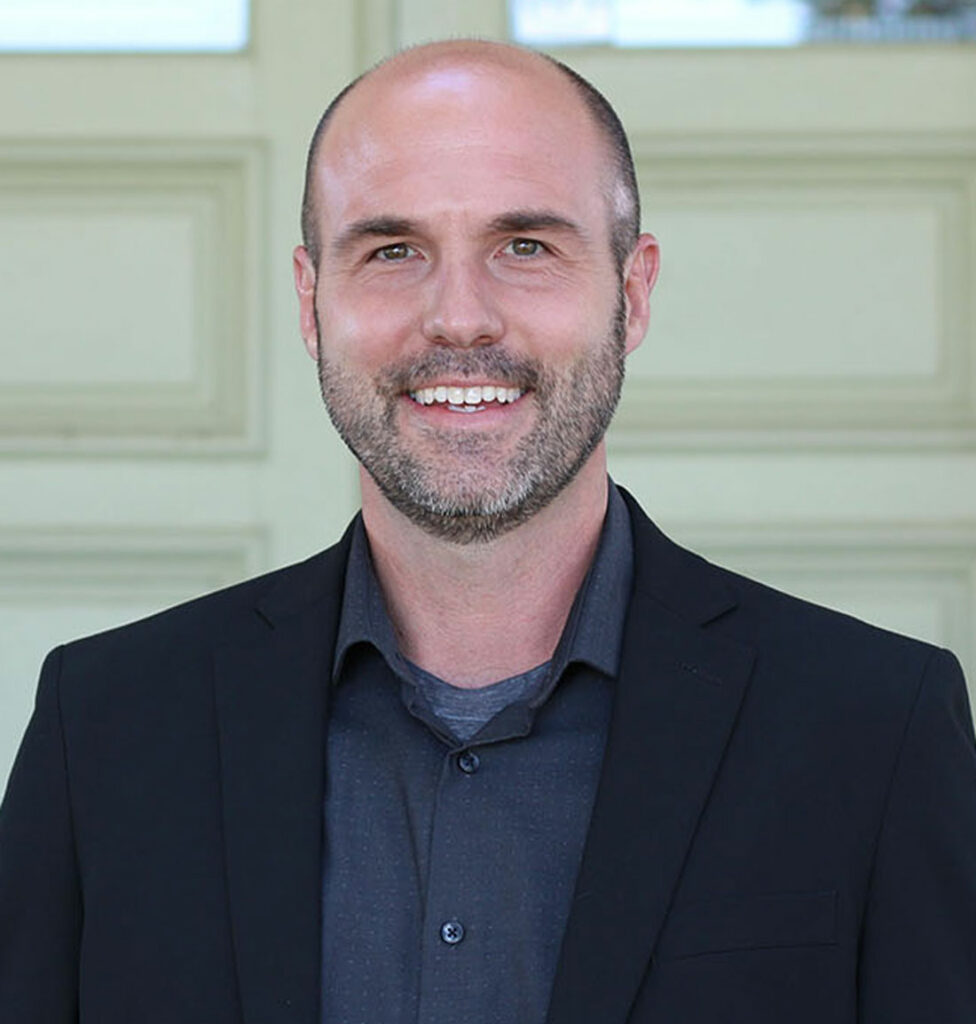As I noted at the San Benito County Board meeting June 14, the discussion about San Justo Reservoir’s longstanding closure has been one of the worst broken records imaginable for local residents.

That stale melody on repeat among political entities—ranging from the county to Congress—has played out every couple years at the board level where supervisors have received essentially the same update again and again.
It goes something like this:
San Justo was closed in January 2008 with the discovery of invasive zebra mussels, which can cause environmental and water infrastructure damage. The eradication will cost millions of unallocated dollars. The process—once money is available—will take five-plus years to complete. And reopening the facility for public recreation could pose an immense risk of spreading the mussels elsewhere in California, where San Justo is the only known water body with them.
Here we are almost 15 years later with little progress to show outside of an eradication plan collecting dust on a shelf. In the meantime, the estimated cost escalated from $2.5 million in 2013 to potentially over $7 million now. To throw extra salt in the wound, a congressional office representative suggested to supervisors June 14 the county should consider offering to fund part of the eradication cost in order to nudge the feds for financial support.
Although as a supervisor I would grudgingly support using some pandemic-response American Rescue Plan Act funds to help move this project forward—which would mean those dollars don’t go toward other essential needs—I made it clear the feds absolutely should pay for the entire eradication. After all, it’s a federally owned facility, we are a small and relatively poor county that is perpetually short changed with state and federal support, and there is no evidence where the mussels originated.
To this point, federal agencies actually have indicated the county may have to fund the entire cost due to the reservoir project’s very odd classification as a locally reimbursed project. Congressman Jimmy Panetta, who has supported the county while pursuing the eradication funds, has advocated to change that designation while pushing for full federal funding. But he and his predecessor have yet to obtain the funds, undoubtedly in part due to the seemingly limitless power of federal bureaucrats who have shown zero urgency on the matter. With redistricting upon us, a third local congressperson may have a crack at it come 2023.
What has been lost in the dialogue about funding responsibility is the reality that the eradication should happen with or without future recreation for the public. What has been lost is the reality that continuing to put off the eradication carries risks with every passing day.
Ultimately, there are two overriding considerations here: Should the federal government commit now to funding the full eradication cost and move forward as soon as possible? The clear answer is yes. And two, should parts of the majestic property be reopened to the public, in the near future or after the eradication happens? The answer is less clear, but deserves more attention.
At the county board meeting, I made the case that we should at least engage in a more serious analysis on prospectively reopening San Justo for leisure activities like picnicking and trail usage—while keeping the public away from the water at least for now—and whether we could implement adequate measures to prevent any additional risks. Perhaps such an examination would conclude it should remain closed, but it’s worth exploring, nonetheless.
Recreation or no recreation, nearly 15 years without implementing an eradication plan is inexcusable. Full federal funding of this project is long overdue.
Supervisor Kollin Kosmicki represents District 2 on the San Benito County Board of Supervisors.










